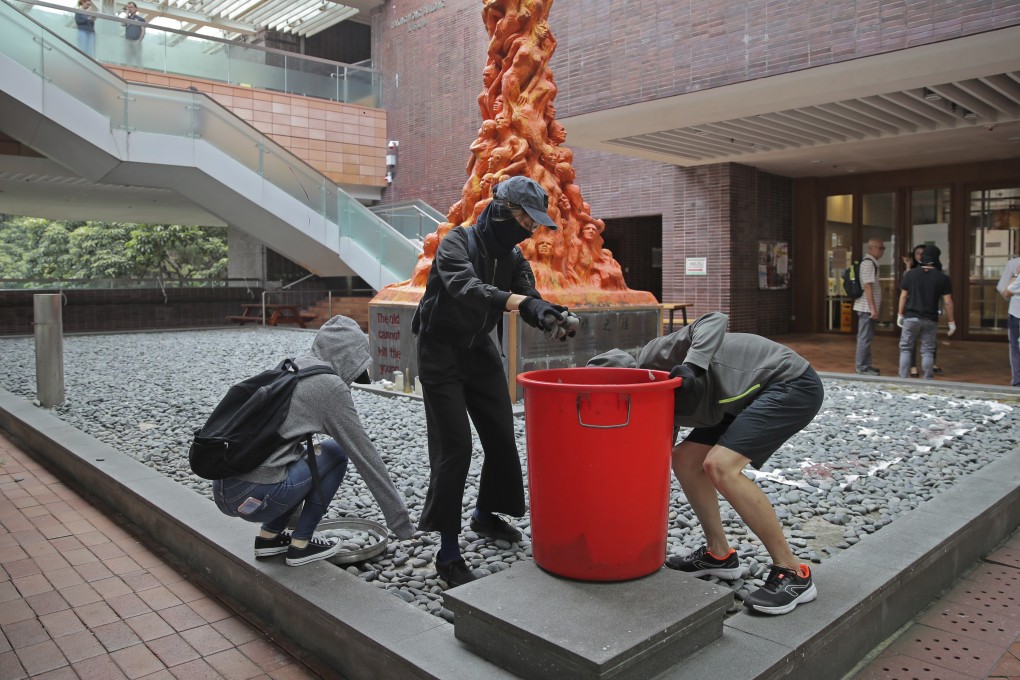Letters | If Hong Kong could find consensus after 1967 riots, it can do the same again

But the comparisons stop here. Back then, the apolitical administration maintained a consistent laissez faire economic policy and the divided Hong Kong public finally found a consensus on doing first-rate business in an apolitical way.
It is time to find such a consensus again, and I believe it is not too late to do so.
Not many people still remember John Leighton Stuart (1876-1962), a great educationist with a chequered career. He is less remembered as an American diplomat during the Chinese civil war than as president of the once prominent Yenching University – and a brave but lonely explorer of an apolitical academic haven for Chinese students.
History repeats itself. Now, this daunting task has fallen to the management of the eight universities in Hong Kong. How will they ensure that university students continue with their vigorous academic pursuits in the midst of the current social upheaval in the territory?
Khaw Wei Kang, Shenzhen